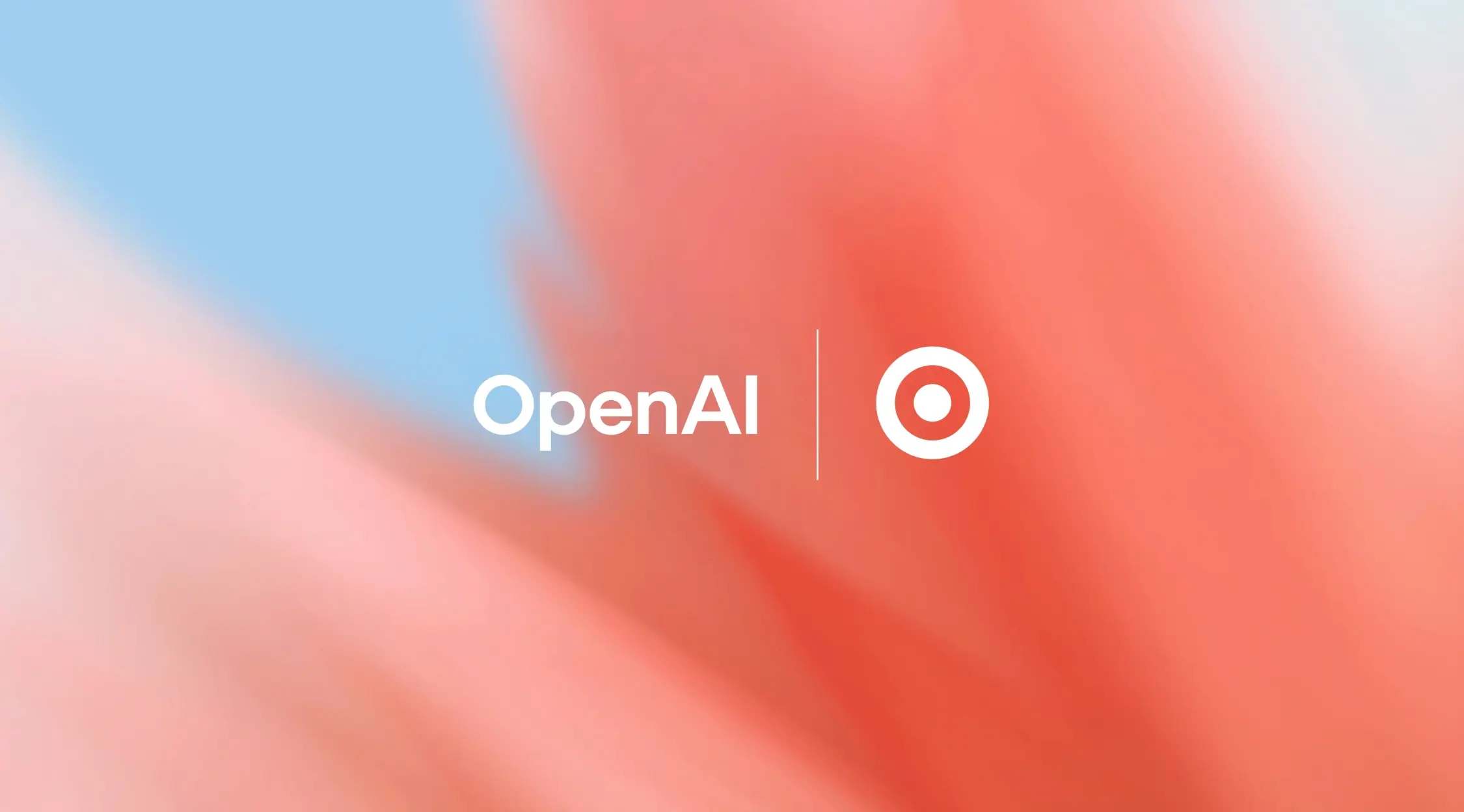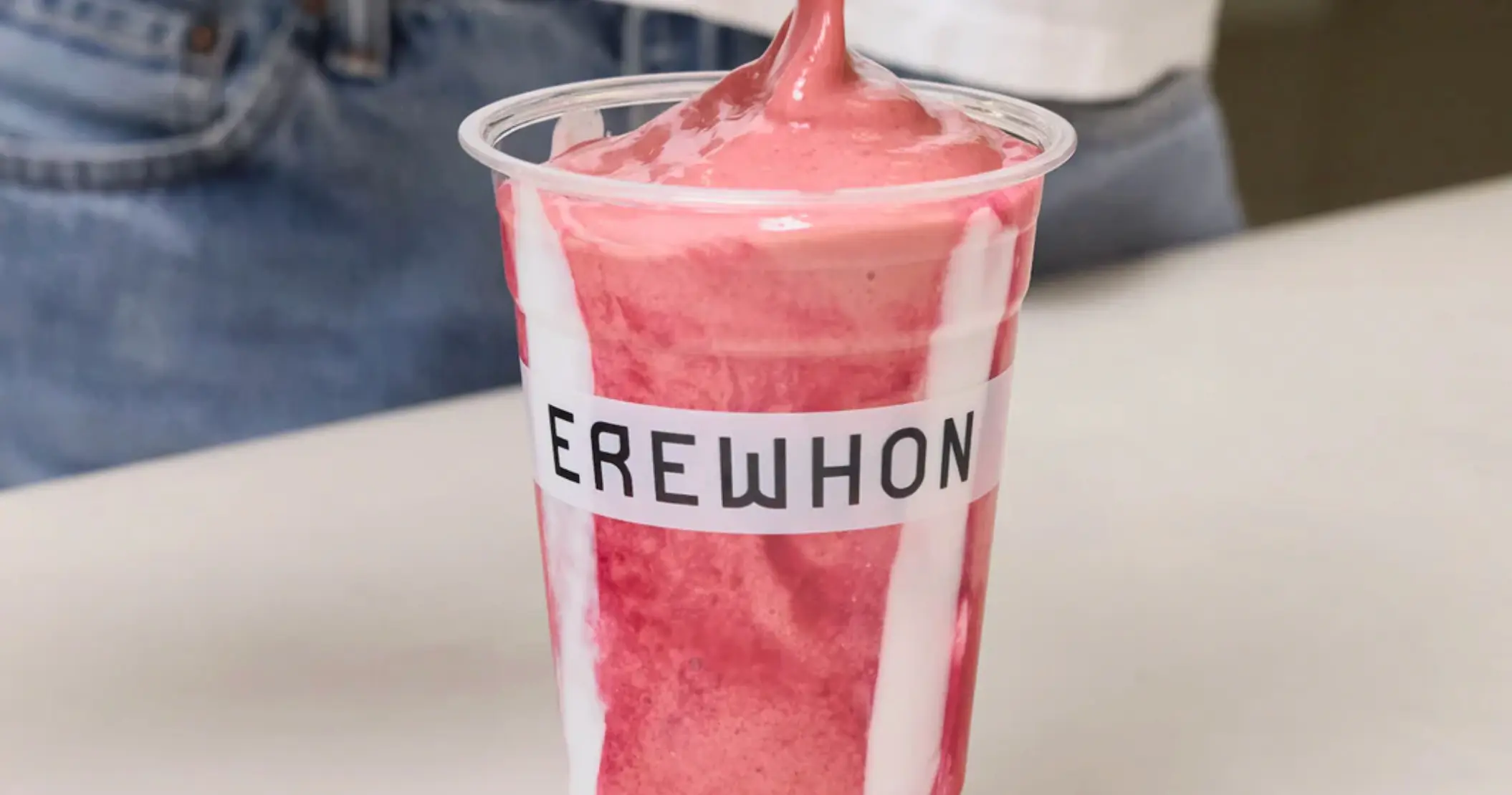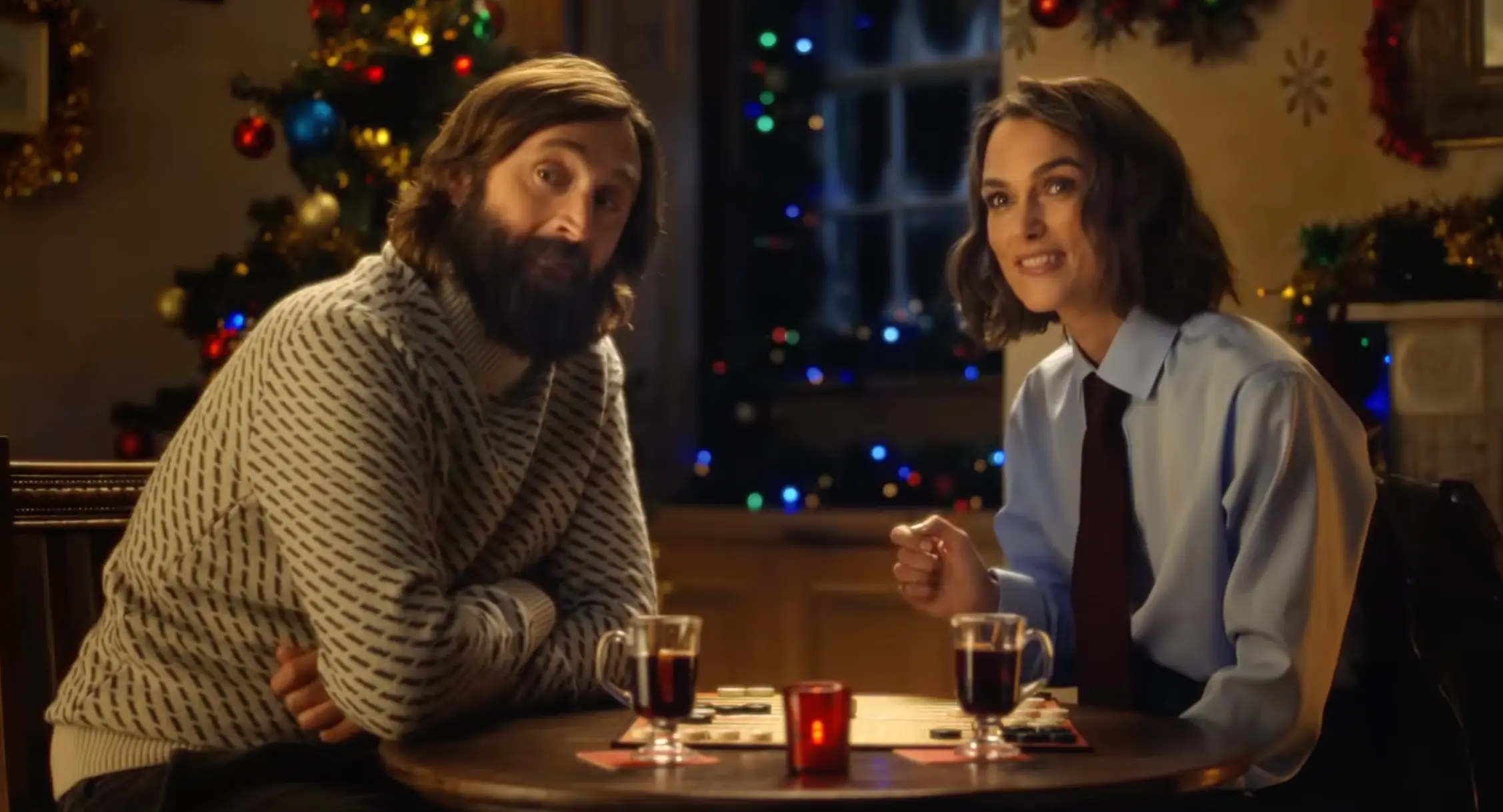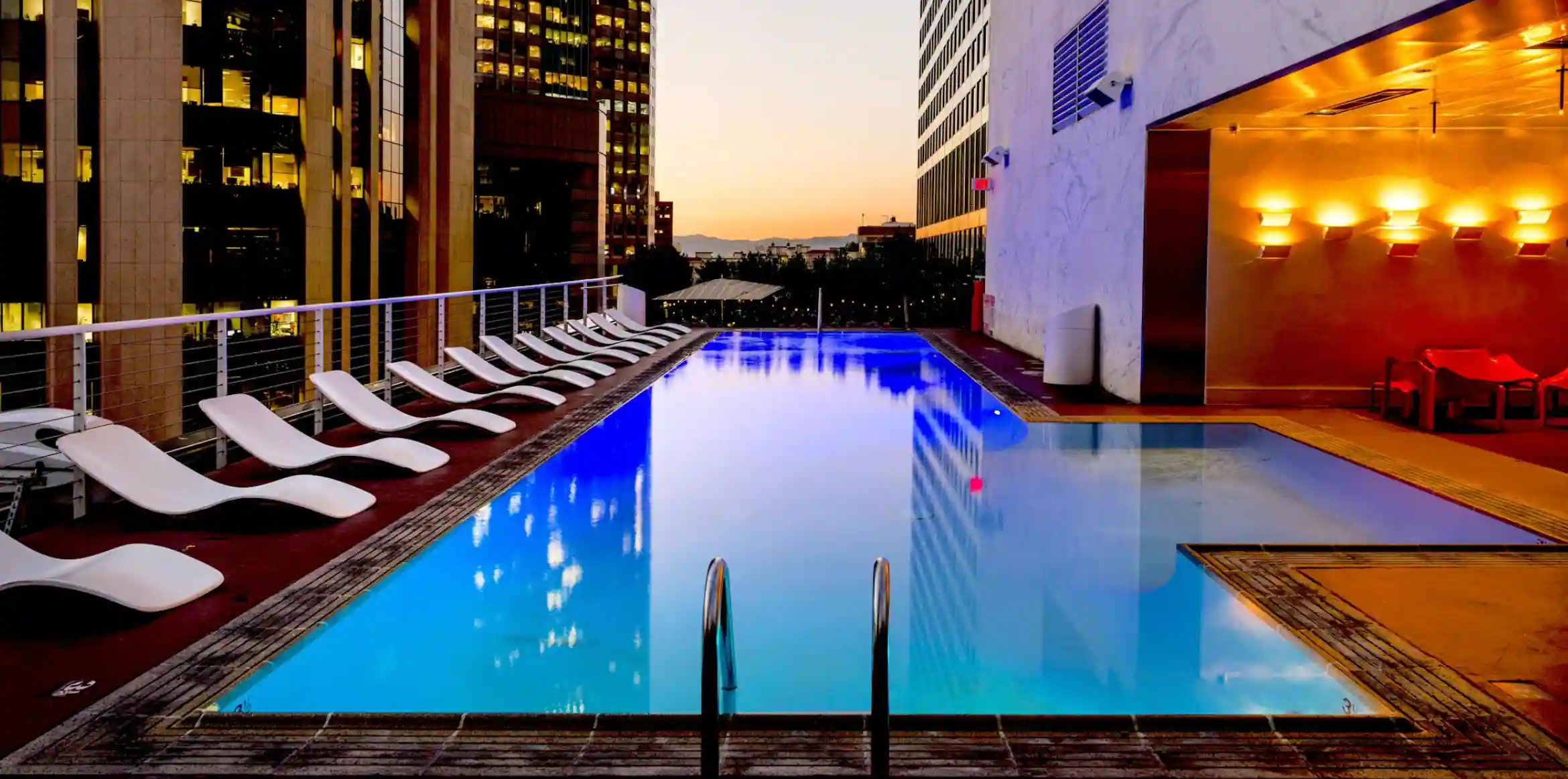The Most Successful Coffee Brands Of 2025: How Roasters Sell Ritual And Origin
Updated on
Published on

Coffee has become the quiet centre of a lot of people’s day, not just the thing that keeps them awake, with 66% of American adults now drinking coffee daily according to the National Coffee Association. The most successful coffee brands 2025 are leaning into that shift by selling a daily ritual and a real origin story, rather than just “strong coffee” at a low price. High-end coffee companies are competing on transparency, roasting craft, climate action, and design, and the smartest coffee marketing makes those elements feel like part of your morning routine.
- Coffee is more entrenched than ever as a daily habit.
- The real differentiation is how brands frame that habit.
- Ritual and provenance now sit at the heart of premium coffee marketing.
At a Glance
- The global specialty coffee market is about US$10.22 billion in 2025 and projected to grow to roughly US$20.95 billion by 2032, outpacing the wider category. (Coherent Market Insights)
- U.S. specialty drinkers are increasingly choosing medium roasts and origin-forward profiles, with specialty becoming “a defining part of how people experience coffee today.” (Specialty Coffee Association)
- Blue Bottle is using carbon-neutral milestones as part of its premium story.
- Onyx and Toby’s Estate show how indie roasters can set global standards.
- Chamberlain Coffee proves a creator-led brand can sit among high-end coffee companies for Gen Z.
How We Chose The Most Successful Coffee Brands 2025
To talk about the most successful coffee brands 2025, we looked at who is shaping expectations, not just who sells the most volume. We combined fresh consumption and specialty trend data with global rankings of top shops to find high-end coffee companies that punch above their size in culture, quality, and coffee marketing. Together, those sources point to a set of brands that treat origin, craft, and ritual as non-negotiable.
- We used specialty consumption insights from the 2025 National Coffee Data Trends specialty report. (Specialty Coffee Association)
- We cross-checked with the World’s 100 Best Coffee Shops ranking to surface globally influential roasters and cafés. (World’s 100 Best Coffee Shops)
- We focused on brands whose coffee marketing clearly centres ritual and provenance.
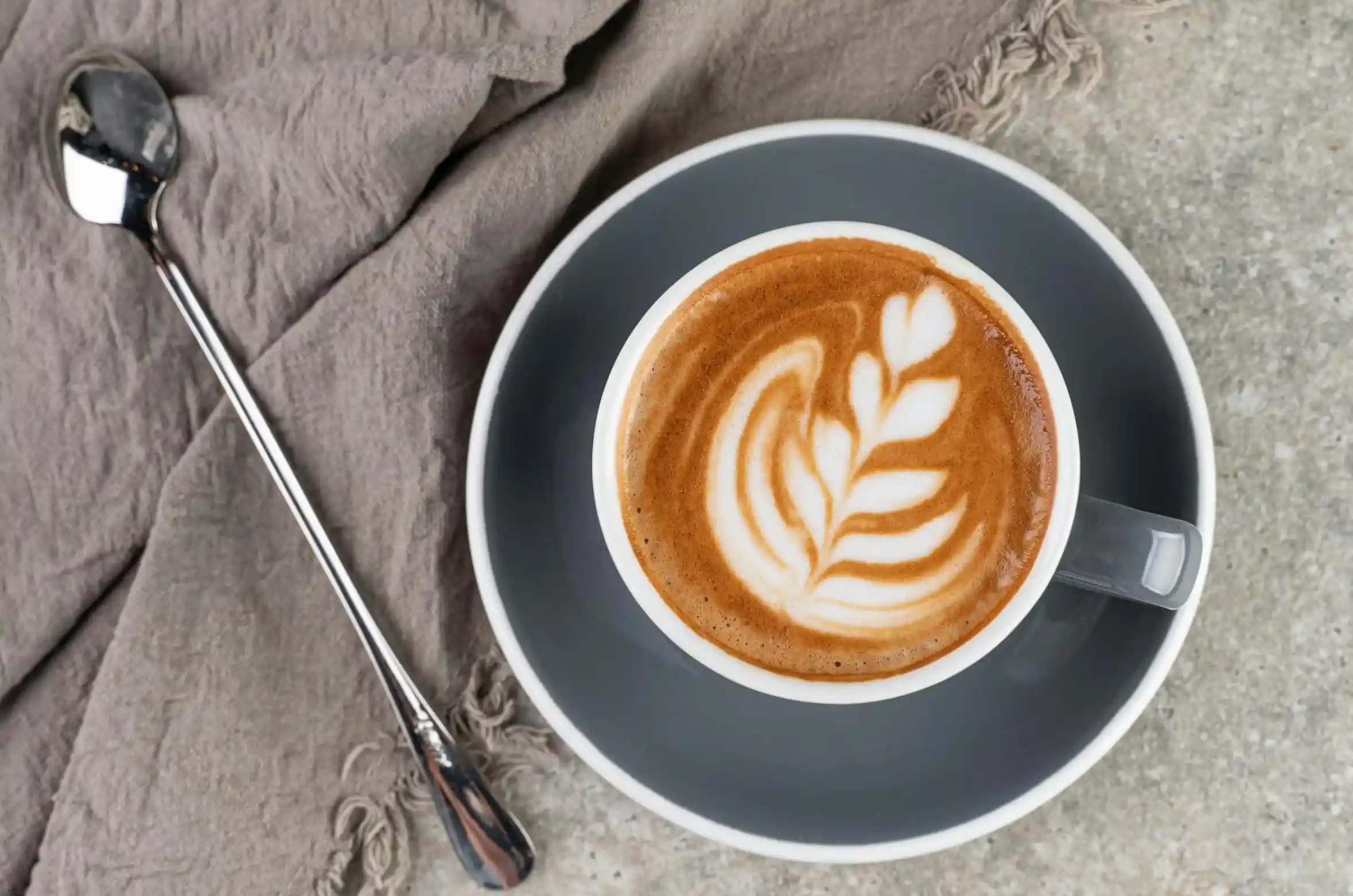
Specialty Coffee’s Momentum In 2025
Specialty coffee is no longer niche; it is reshaping the mainstream. The 2025 National Coffee Data Trends specialty report shows that specialty drinkers favour medium roasts, balanced flavour, and quality-focused brewing, and that many see specialty as their default, not an occasional treat. (Specialty Coffee Association) Globally, specialty’s market is growing faster than the broader coffee category, making it the main engine for premium revenue and innovation. (Coherent Market Insights)
- Most of the most successful coffee brands 2025 sit in, or borrow heavily from, the specialty segment.
- High-end coffee companies benefit from a customer base actively seeking “better coffee,” not just cheaper.
- Coffee marketing that talks about origin and process resonates broadly, not just with enthusiasts.
-1.webp)
Blue Bottle Coffee: Climate-First Craft As A Premium Story
Blue Bottle is a clear example of how high-end coffee companies are turning climate and craft into one unified story. In October 2025 it announced that it had achieved carbon neutrality for the 2024 calendar year and committed to deeper investments in regenerative agriculture and carbon removal at scale. (Daily Coffee News, PR Newswire) Blue Bottle’s coffee marketing now connects tasting notes, design, and climate impact in one narrative, telling drinkers that their daily ritual supports long-term soil health and resilience at origin.
- Climate action is treated as a core value proposition, not an optional extra.
- Sustainability stories are specific, measurable, and tied directly to farms and projects.
- Blue Bottle shows how the most successful coffee brands 2025 can justify premium pricing with impact and flavour together.
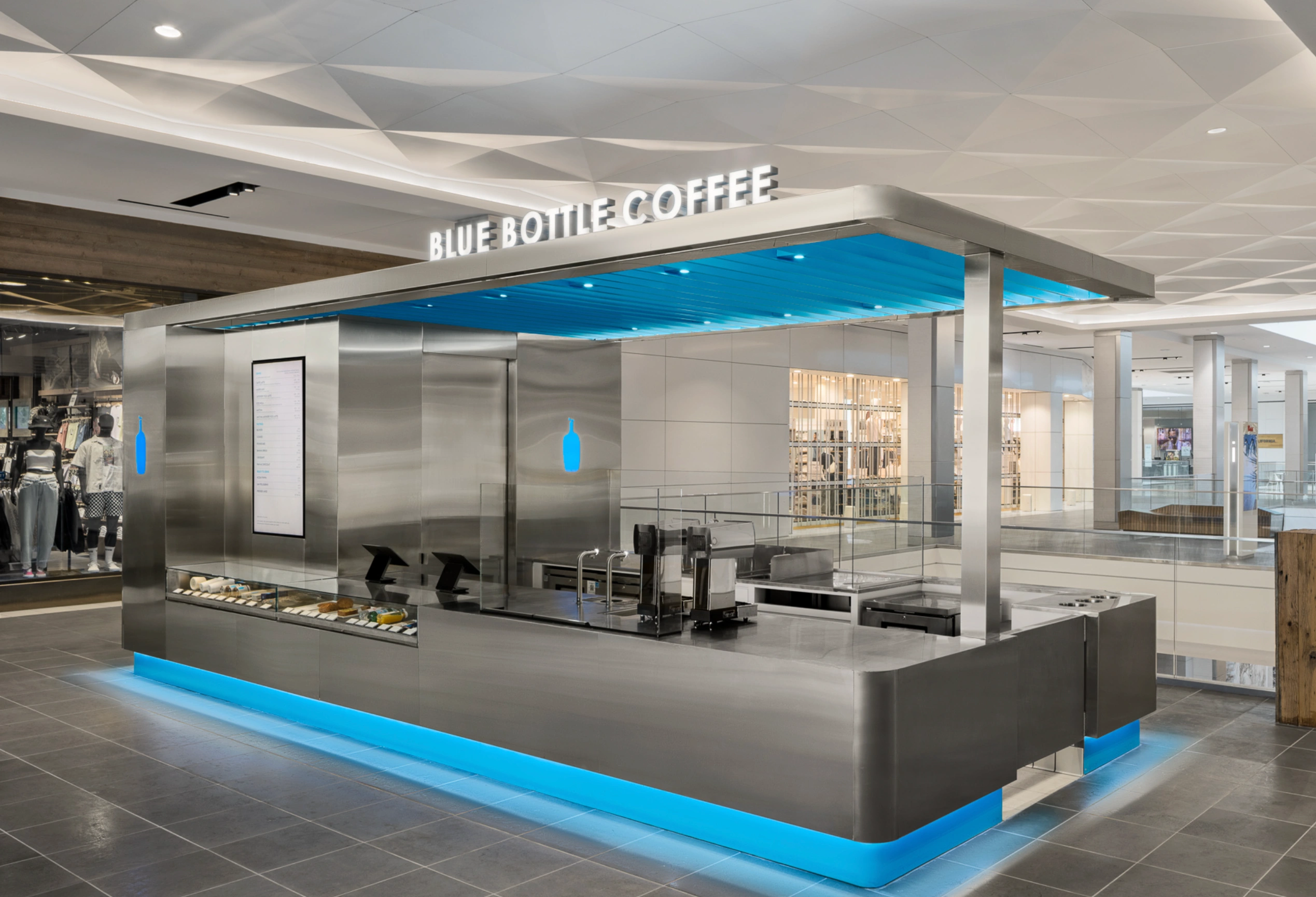
Onyx & Toby’s Estate: Indie Roasters With Global Influence
Independent roasters are proving that you don’t need a global footprint to shape the conversation. The World’s 100 Best Coffee Shops list ranked Toby’s Estate Coffee Roasters in Sydney as the No. 1 coffee shop in the world and Onyx Coffee Lab in the United States as No. 2, with both praised for cup quality, hospitality, and design-forward spaces. (World’s 100 Best Coffee Shops) These high-end coffee companies treat their cafés as showrooms for their sourcing ethics and roasting craft, making every visit feel like both an experience and an education.
- Awards and lists give indie roasters global cultural weight far beyond their size.
- Onyx uses competition wins and transparent sourcing as proof points in its coffee marketing.
- Toby’s and Onyx show that the most successful coffee brands 2025 can be regionally rooted yet globally influential.
Chamberlain Coffee: Creator-Led Brand As Gen Z Coffee Play
Chamberlain Coffee shows how a creator-led label can sit alongside high-end coffee companies in 2025, especially for Gen Z. A leaked pitch deck reported by Business Insider and summarised by vip.graphics indicates the brand is targeting roughly US$33 million in revenue for 2025, after around US$22 million in 2024 (Sprudge). Chamberlain Coffee has pushed into big-box retail like Target and Whole Foods while opening its first Los Angeles café, and its coffee marketing leans on playful characters, RTD lattes and matcha, plus Emma’s parasocial connection to sell coffee as a lifestyle signifier.
- The brand is effectively a case study in influencer-driven CPG meeting specialty cues.
- Distribution spans DTC, grocery, and a flagship café, making it omnichannel by design.
- For Gen Z, Chamberlain Coffee is one of the most successful coffee brands 2025 by relevance, not just sales volume.
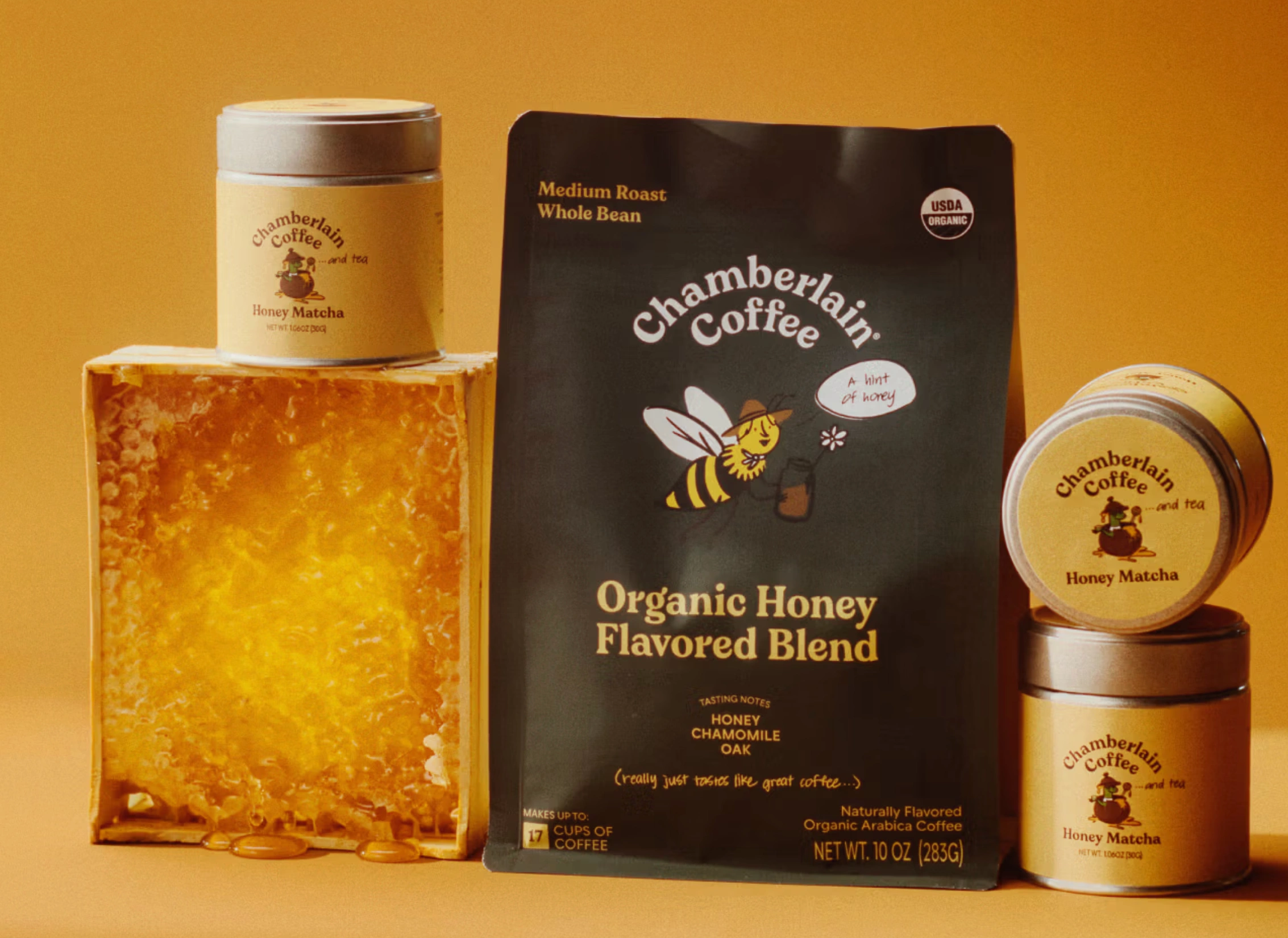
Big Roasters Building Their Own Specialty Micro-Brands
Legacy roasters have realised they need a specialty voice if they want to stay relevant. Reporting shows players like Farmer Brothers launching Sum>One Coffee Roasters as a direct-trade specialty brand within their portfolio, with a focus on transparent sourcing and smaller-batch roasting. At the same time, this works because corporate-backed micro-brands are using origin-forward coffee marketing to capture growth in premium segments.
- Big roasters are borrowing the aesthetics and language of high-end coffee companies.
- “Indie” specialty sub-brands let them test new ideas without risking the parent brand.
- Provenance and craft-based coffee marketing has clearly moved into the mainstream.
.webp)
Provenance As The Centre Of Coffee Marketing
Origin used to be a line on the back of the bag; in 2025 it is often the headline. The 2025 National Coffee Data Trends specialty report notes that consumers increasingly seek quality, connection, and meaning in every cup, from farm to café. (Specialty Coffee Association) More roasters are centring farm names, processing methods, and producer stories as a way to differentiate in a crowded market.
- The most successful coffee brands 2025 make provenance instantly visible and easy to understand.
- High-end coffee companies treat farmers and mills as co-stars in their coffee marketing.
- Clear origin storytelling helps justify higher prices and builds long-term loyalty.
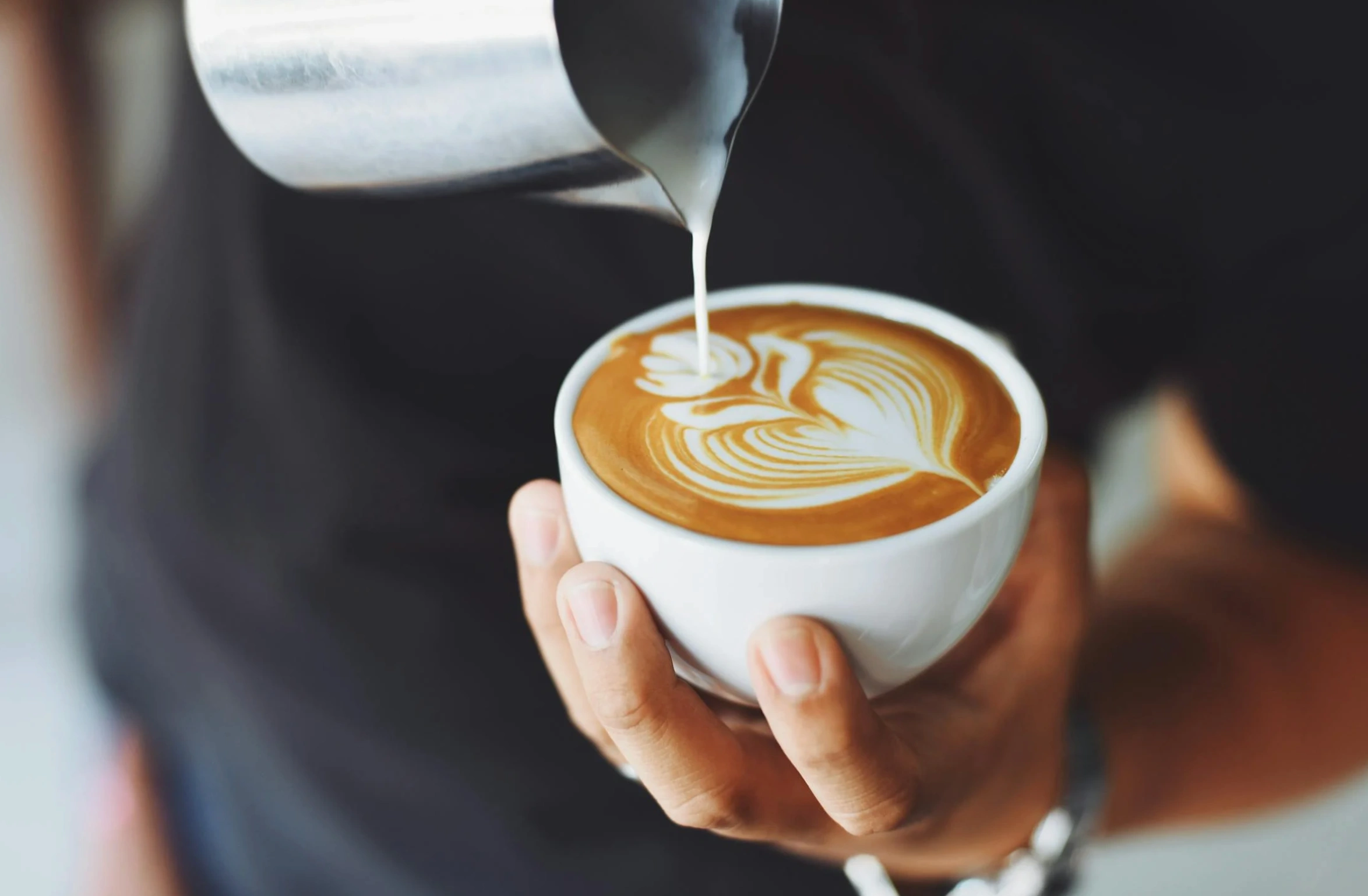
Selling “Daily Ritual” Instead Of Just Energy
In a world full of energy drinks and functional beverages, coffee stands out when it owns a ritual, not just a stimulant effect. Trend analysis from GourmetPro notes that younger drinkers see coffee as a small daily anchor, something that expresses taste and values even when budgets are tight. At the same time, lifestyle coverage describes food and drink, including premium coffee, as one of Gen Z’s favourite forms of “accessible luxury.” (Vogue)
- The most successful coffee brands 2025 sell a moment of calm and control, not just alertness.
- High-end coffee companies build content around morning routines, slow pours, and café rituals.
- Coffee marketing now overlaps heavily with wellness, self-care, and “little treat” culture.
Design And Packaging As Brand Media
Bags, cans, and café interiors now act as major media channels for coffee brands. Lists of top roasters often highlight the visual identities of high-end coffee companies such as Onyx or Proud Mary, where bold typography, colour, and illustration help them stand out. (Coffee Bros) At the café level, the World’s 100 Best Coffee Shops ranking consistently rewards spaces where design and hospitality are as carefully considered as the espresso dial. (World’s 100 Best Coffee Shops)
- Distinctive packaging makes it easier for coffee marketing to work on a crowded shelf or feed.
- Bags carry flavour notes, origin details, and values in a quick visual shorthand.
- Good design signals that a brand belongs in a modern lifestyle, not just in the pantry.
-1.webp)
What Emerging Brands Can Copy From The Leaders
New roasters looking to join the most successful coffee brands 2025 should copy the underlying logic, not just the surface look. Strategy advice for new high-end coffee companies emphasises consistent quality, honest origin stories, and simple, memorable branding before chasing elaborate flavour innovations. The brands that last are the ones that clearly answer “why this coffee, in this cup, in this moment” for a specific audience.
- Start with sourcing and roasting discipline; marketing cannot fix a weak cup.
- Make your point of difference understandable in one glance and one sip.
- Build your coffee marketing around the daily ritual you want to own, not just your tasting notes.
FAQ
Which brands really count among the most successful coffee brands 2025?
A mix of large players and high-end coffee companies such as Blue Bottle, Onyx, Toby’s Estate, Chamberlain Coffee and others that influence how people think about quality, ritual and origin.
What defines a high-end coffee company now?
Clear provenance, ethical sourcing, consistent roasting, and thoughtful design in both packaging and café space.
How is coffee marketing changing in 2025?
It is shifting from strength and price claims toward stories about ritual, origin, climate action and community.
Are big coffee companies moving toward specialty-style positioning?
Yes, many now run specialty sub-brands and premium lines that mirror independent roasters’ aesthetics and messaging.
What should a new roaster focus on first?
Get the coffee and the sourcing right, then build clean, recognisable branding and content around the role you want your coffee to play in someone’s day.
Why Ritual And Origin Will Keep Winning
As the coffee category gets more crowded, the easiest things to copy, like formats and roast names, will matter less. The most successful coffee brands 2025 are winning because they own a specific daily ritual and can prove where their coffee comes from and what it stands for. High-end coffee companies that keep investing in real relationships at origin, credible climate action and design that fits modern lives will not just ride the specialty wave; they will decide what “good coffee” means for the next decade.

